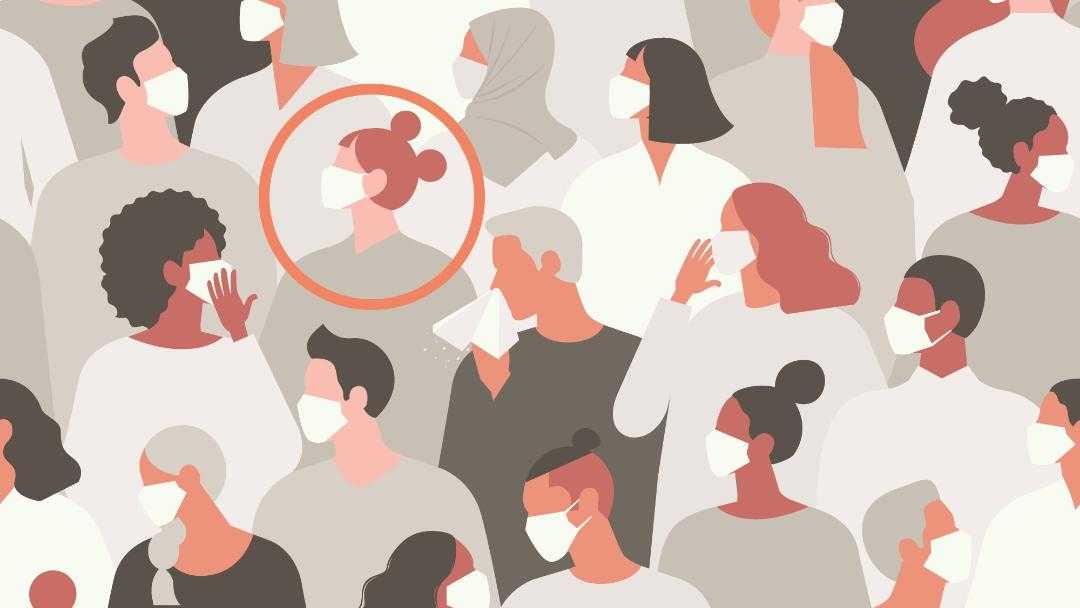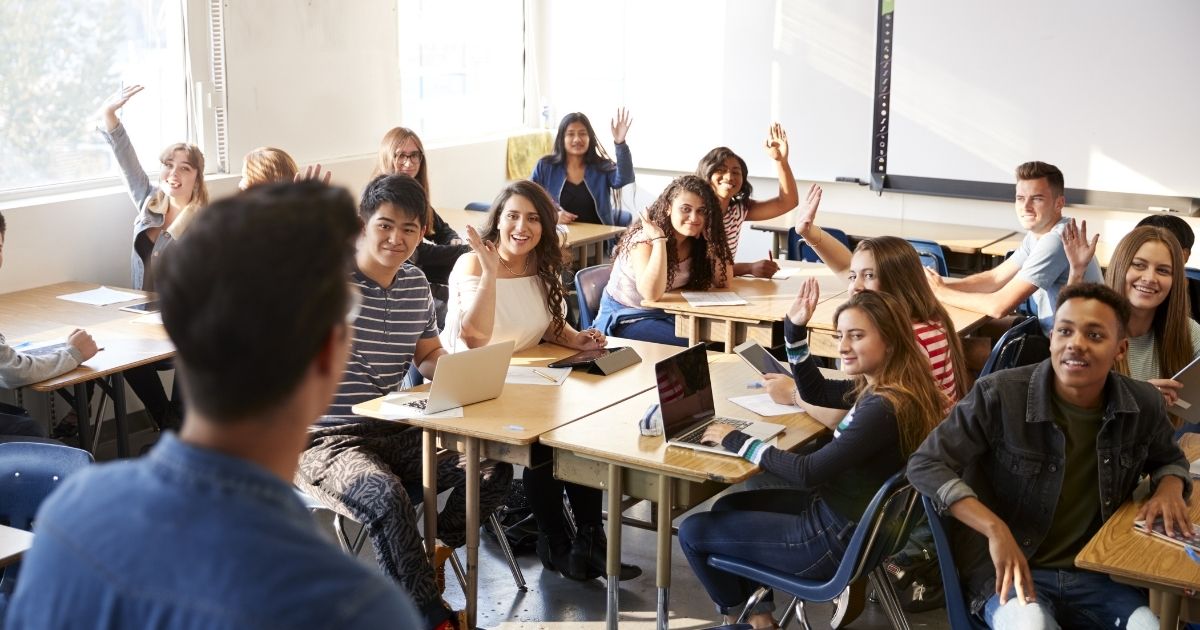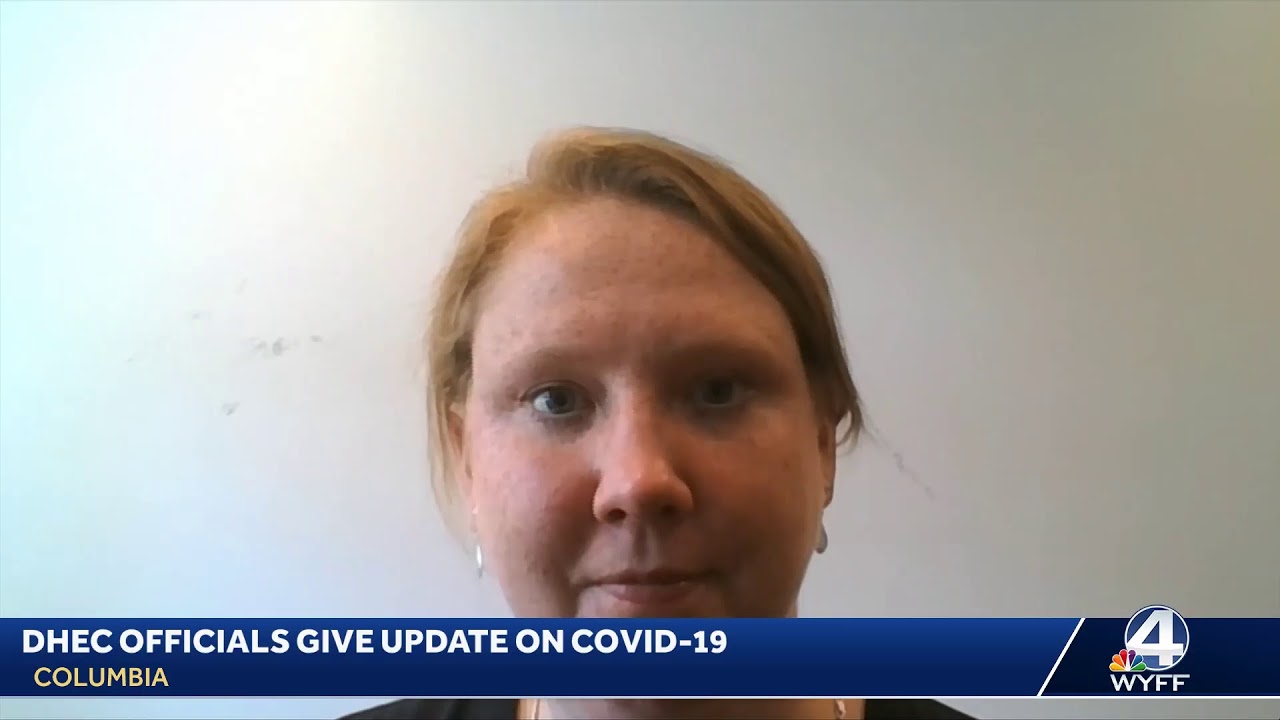
Above video: Asymptomatic carriers may still transmit the coronavirus, new research saysAs the novel coronavirus continues to spread, increasing measures are being taken to reduce its reach.Here are some common issues facing people regarding whether to use face masks, what social distancing entails and more.Face masksThe United States’ top doctor has one simple request: Stop buying face masks.U.S. Surgeon General Dr. Jerome Adams’ message, posted to Twitter in February, was a response to face mask shortages as people stocked up due to coronavirus concerns.”Seriously people,” he began, and though it’s a tweet, you can almost hear the exasperation in his plea. “STOP BUYING MASKS!””They are NOT effective in preventing general public from catching #Coronavirus, but if healthcare providers can’t get them to care for sick patients, it puts them and our communities at risk!” he continued.The Centers for Disease Control and Prevention says patients with confirmed or suspected COVID-19 should wear a face mask until they are isolated in a hospital or at home, but the patient does not need to wear a face mask while isolated.Social distancingSocial distancing means remaining out of congregate settings, avoiding mass gatherings and maintaining distance (approximately 6 feet, or 2 meters) from others when possible, according to the CDC.The federal government released a new set of guidelines March 16 for the next 15 days to fight the spread of the virus. One part of those guidelines: steering clear of groups with more than 10 people.SymptomsThe CDC says the following symptoms may appear two-to-14 days after exposure.FeverCoughShortness of breathShortness of breath, persistent pain or pressure in chest and bluish lips or face are some of the emergency warning signs in which people are advised to get medical attention immediately.PGRpdiBjbGFzcz0iaW5mb2dyYW0tZW1iZWQiIGRhdGEtaWQ9Il8vTUkwdUdVQ3N0b3RadGN1UXhaTnEiIGRhdGEtdHlwZT0iaW50ZXJhY3RpdmUiIGRhdGEtdGl0bGU9IkNvcm9uYXZpcnVzLCBGbHUsIENvbGQgb3IgQWxsZXJnaWVzPyI+PC9kaXY+PHNjcmlwdD4hZnVuY3Rpb24oZSxpLG4scyl7dmFyIHQ9IkluZm9ncmFtRW1iZWRzIixkPWUuZ2V0RWxlbWVudHNCeVRhZ05hbWUoInNjcmlwdCIpWzBdO2lmKHdpbmRvd1t0XSYmd2luZG93W3RdLmluaXRpYWxpemVkKXdpbmRvd1t0XS5wcm9jZXNzJiZ3aW5kb3dbdF0ucHJvY2VzcygpO2Vsc2UgaWYoIWUuZ2V0RWxlbWVudEJ5SWQobikpe3ZhciBvPWUuY3JlYXRlRWxlbWVudCgic2NyaXB0Iik7by5hc3luYz0xLG8uaWQ9bixvLnNyYz0iaHR0cHM6Ly9lLmluZm9ncmFtLmNvbS9qcy9kaXN0L2VtYmVkLWxvYWRlci1taW4uanMiLGQucGFyZW50Tm9kZS5pbnNlcnRCZWZvcmUobyxkKX19KGRvY3VtZW50LDAsImluZm9ncmFtLWFzeW5jIik7PC9zY3JpcHQ+Prevention tipsThe CDC recommends the following to prevent the spread of any respiratory disease:Avoid close contact with people who are sick.Avoid touching your eyes, nose and mouth.Stay home from school or work when you are sick.Cover your cough or sneeze with a tissue and then throw the tissue in the trash.Clean and disinfect frequently touched objects and surfaces using a regular household cleaning spray or wipe.Wash your hands often with soap and water for at least 20 seconds, especially after going to the bathroom, before eating and after blowing your nose, coughing or sneezing.If soap and water are unavailable, use an alcohol-based hand sanitizer with at least 60% alcohol. Always wash hands with soap and water if hands are visibly dirty.What else to knowWhile the coronavirus is certainly something to take seriously, the chances of any individual person getting it are still low.For most people, the new coronavirus causes only mild or moderate symptoms, such as fever and cough. For some, especially older adults and people with existing health problems, it can cause more severe illness, including pneumonia. The vast majority of people recover from the new virus.CNN and The Associated Press contributed to this report.
Above video: Asymptomatic carriers may still transmit the coronavirus, new research says
As the novel coronavirus continues to spread, increasing measures are being taken to reduce its reach.
Advertisement
Here are some common issues facing people regarding whether to use face masks, what social distancing entails and more.
Face masks
The United States’ top doctor has one simple request: Stop buying face masks.
U.S. Surgeon General Dr. Jerome Adams’ message, posted to Twitter in February, was a response to face mask shortages as people stocked up due to coronavirus concerns.
“Seriously people,” he began, and though it’s a tweet, you can almost hear the exasperation in his plea. “STOP BUYING MASKS!”
“They are NOT effective in preventing general public from catching #Coronavirus, but if healthcare providers can’t get them to care for sick patients, it puts them and our communities at risk!” he continued.
The Centers for Disease Control and Prevention says patients with confirmed or suspected COVID-19 should wear a face mask until they are isolated in a hospital or at home, but the patient does not need to wear a face mask while isolated.
Social distancing
Social distancing means remaining out of congregate settings, avoiding mass gatherings and maintaining distance (approximately 6 feet, or 2 meters) from others when possible, according to the CDC.
The federal government released a new set of guidelines March 16 for the next 15 days to fight the spread of the virus. One part of those guidelines: steering clear of groups with more than 10 people.
Symptoms
The CDC says the following symptoms may appear two-to-14 days after exposure.
- Fever
- Cough
- Shortness of breath
Shortness of breath, persistent pain or pressure in chest and bluish lips or face are some of the emergency warning signs in which people are advised to get medical attention immediately.
Prevention tips
The CDC recommends the following to prevent the spread of any respiratory disease:
- Avoid close contact with people who are sick.
- Avoid touching your eyes, nose and mouth.
- Stay home from school or work when you are sick.
- Cover your cough or sneeze with a tissue and then throw the tissue in the trash.
- Clean and disinfect frequently touched objects and surfaces using a regular household cleaning spray or wipe.
- Wash your hands often with soap and water for at least 20 seconds, especially after going to the bathroom, before eating and after blowing your nose, coughing or sneezing.
- If soap and water are unavailable, use an alcohol-based hand sanitizer with at least 60% alcohol. Always wash hands with soap and water if hands are visibly dirty.
What else to know
While the coronavirus is certainly something to take seriously, the chances of any individual person getting it are still low.
For most people, the new coronavirus causes only mild or moderate symptoms, such as fever and cough. For some, especially older adults and people with existing health problems, it can cause more severe illness, including pneumonia. The vast majority of people recover from the new virus.
CNN and The Associated Press contributed to this report.










